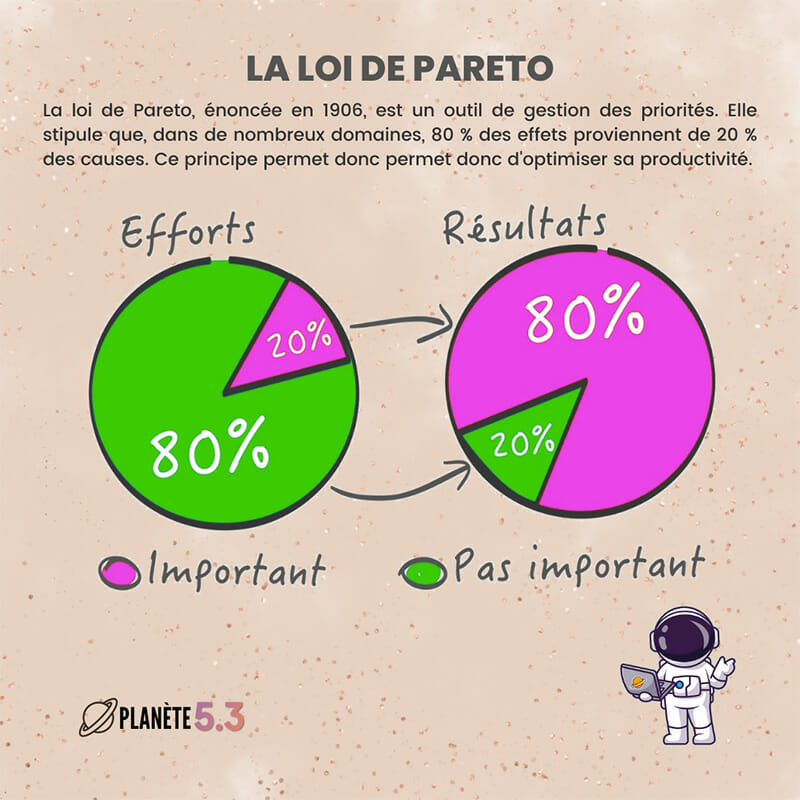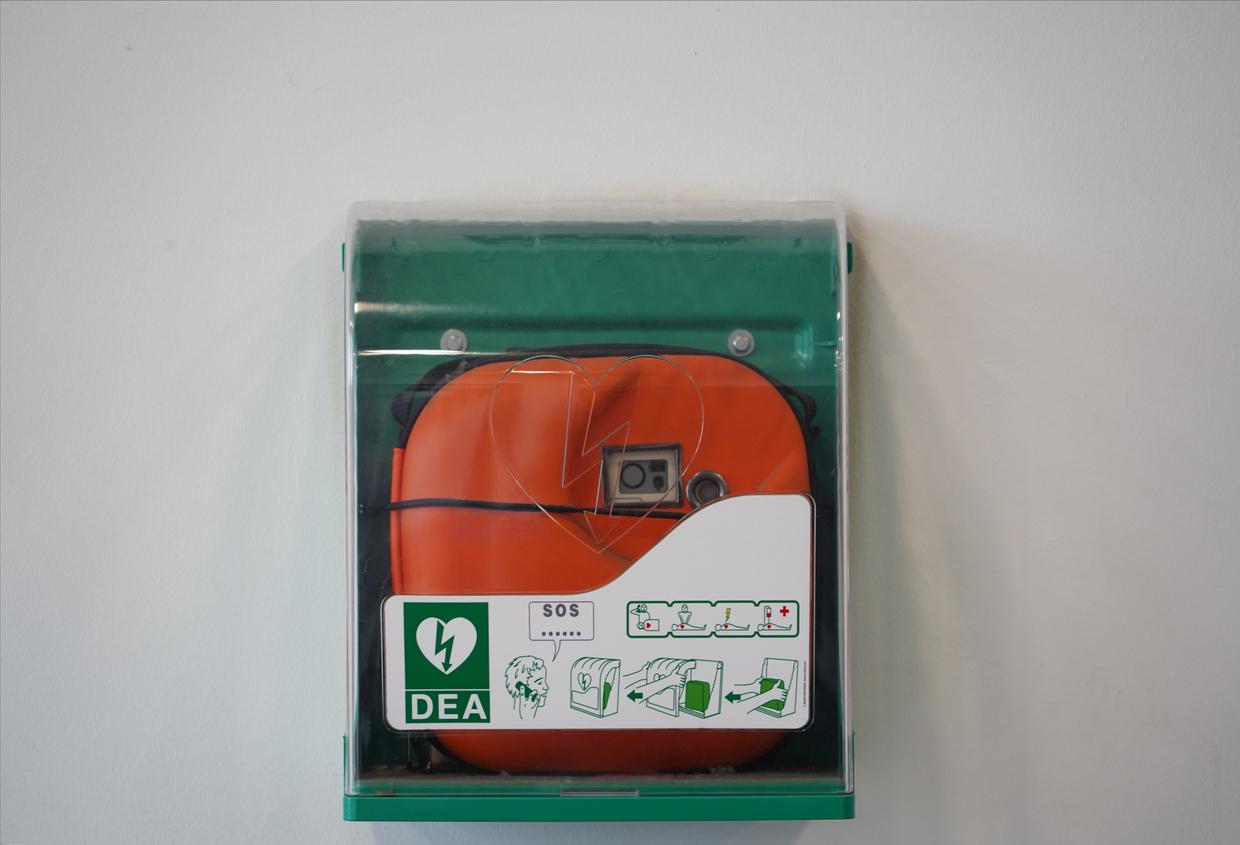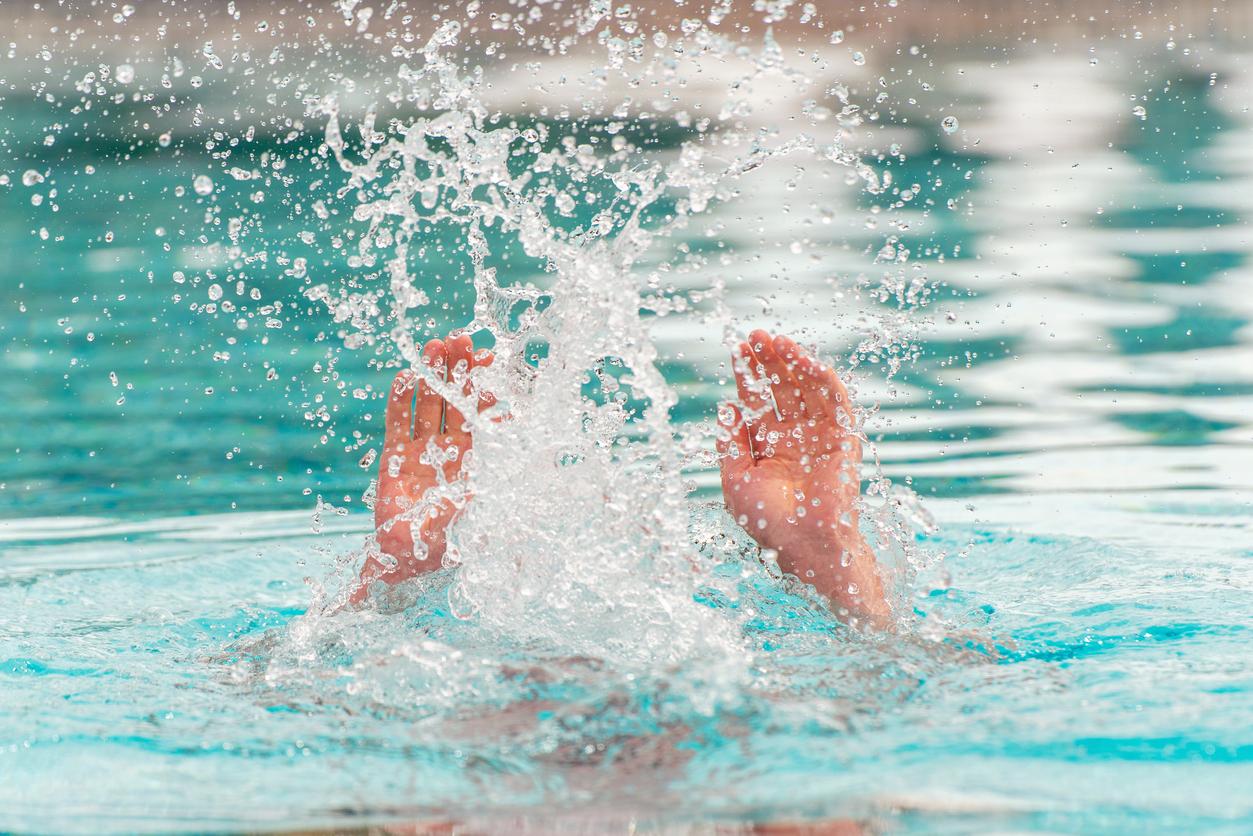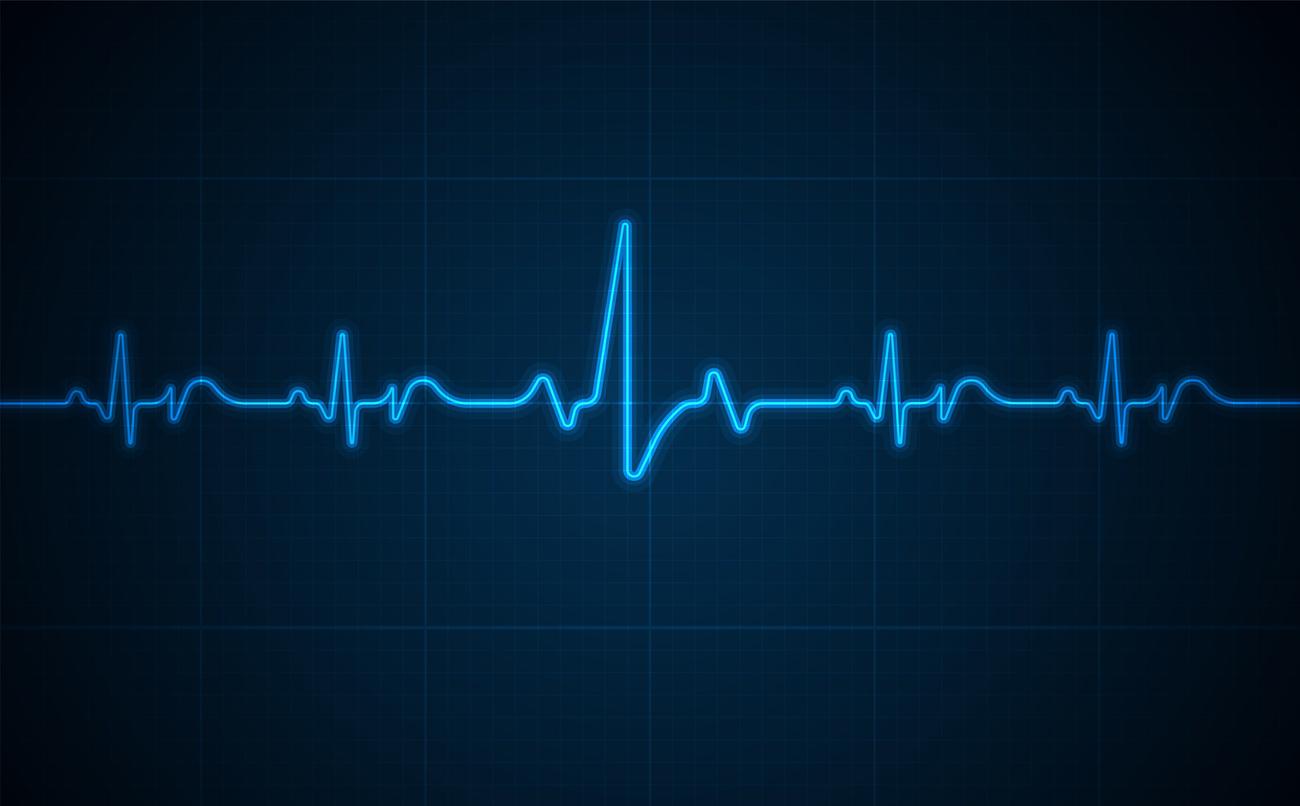The status of “rescuer citizen” was introduced by law on July 3. It is not based on any specific training or ability but protects from possible legal consequences all those who may be called upon to help victims of heart disease.
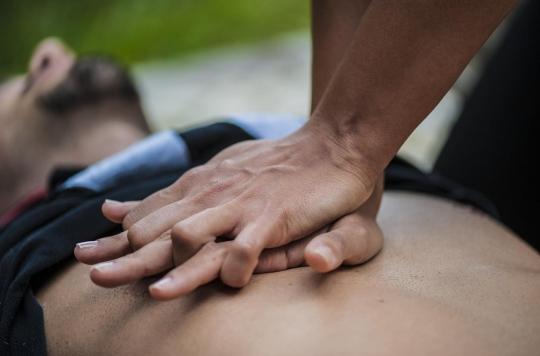
- A law published on July 3 in the Official Journal establishes the status of “citizen rescuer”
- This status protects those who provide first aid in the event of a heart attack from possible legal action.
- The text also provides for the development of training in gestures that save
Cardiac arrest (or sudden death in adults) is responsible each year for between 40,000 and 50,000 deaths, of which a third occurs in people under 55 and nearly 800 cases during sports practice. The survival rate is very low, around 3 to 4%.
Insofar as everyone can one day have to face such a situation, a new law aims to raise awareness among citizens and encourage them to act to save lives. For this, a status of “rescuer citizen” has been created. It mitigates criminal liability during the intervention.
Raising citizens’ awareness of life-saving gestures
This law promulgated on July 3, 2020 sets up a series of training courses to recognize the warning signs of cardiac arrest and to learn life-saving gestures.
This awareness must now be delivered to all students in the context of compulsory education, from the start of secondary education, but also to employees before their retirement, to referees and sports judges. This training will be coordinated by authorized organizations or approved associations.
Approaches of this nature were also planned for candidates for the driver’s license exam, with theoretical training in cardiac massage and the use of the defibrillator, but these provisions were deleted at first reading by the Senate.
A new statute to fight against cardiac arrest
Encourage action to save lives despite the risk of mishandling, such is the objective of the creation of this status of “rescuer citizen” which applies to “any person providing voluntary assistance to a person in an apparent situation of serious and imminent danger”. The “rescuer citizen” is thus authorized to practice all first aid gestures, including cardiac massage and the use of an automated external defibrillator. As soon as he provides help, the citizen rescuer participates in civil security and benefits from the status of occasional collaborator of the public service.
This status, which is not linked to training in emergency actions, aims to mitigate the criminal liability of the citizen rescuer by exempting him from any civil liability if he harms the victim during his intervention, “except in case of gross or intentional fault on his part”. This fear is indeed often a hindrance to intervening with a person who is ill without waiting for help.
The law also creates a national day for the fight against cardiac arrest and awareness of life-saving gestures, the terms of which remain to be defined.

.









